Finding a substitute for bulgur isn’t a culinary quest for the faint-hearted.
Bold changes in the kitchen can spark new favorites on the dinner table.
We’ve got the scoop on the top five bulgur alternatives that will keep your meals exciting.
Trust us, it’s easier than you think to swap out this grain.
From grains that pack a punch in the flavor department to those that mimic bulgur’s texture perfectly, we’re here to guide you.
And here’s a twist – some of these substitutes might already be in your pantry, waiting for their moment to shine.
What is Bulgur?

Originally from the Eastern Mediterranean, bulgur is a whole grain made from wheat berries that have been dried and ground into a coarse powder.
It has a nutty flavor and a chewy texture, making it a versatile ingredient that can be used in various dishes.
Bulgur can be cooked in water or broth and used as a rice substitute in pilafs and other grain-based dishes.
It can also be soaked in water to create a softer, more porridge-like consistency.
In addition to its use as an ingredient, bulgur is also often used as a stuffing for poultry and vegetables.
When combined with other grains, it makes an excellent base for tabouli, a traditional Mediterranean salad.
Given its nutritional benefits and culinary versatility, it’s no wonder that bulgur has become a popular staple in many kitchens around the world.
The 5 Best Substitutes for Bulgur
For many people, bulgur is an acquired taste.
Some find the wheat flavor to be a bit overwhelming, while others don’t care for the texture.
If you’re in the latter camp, there’s no need to give up on bulgur altogether.
There are several substitutes that can provide similar nutrients and texture without the wheat flavor.
1 – Quinoa
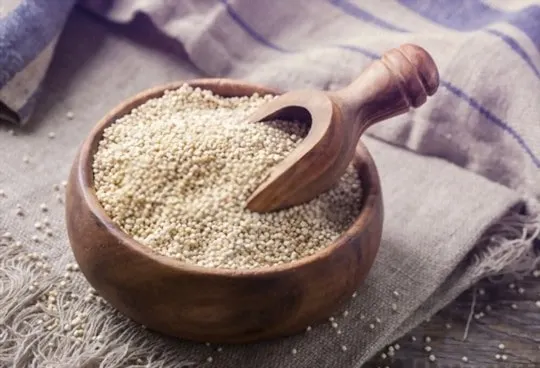
Who would have thought that a humble grain could become so popular? Once relegated to the shelves of health food stores, quinoa is now widely available and has even been dubbed a “superfood.
” But what exactly is quinoa, and what makes it so unique?
Quinoa is a small, round grain that is native to South America.
It is packed with nutrients, including protein, fiber, and iron, and is considered a complete protein, containing all nine essential amino acids.
Its mild, nutty flavor makes it versatile enough to be used in various dishes, from salads to soups to casseroles.
Quinoa is also relatively easy to cook – rinse it in water and then cook it like rice.
So why has quinoa become so popular? In addition to its nutritional value, quinoa is also gluten-free, making it a good option for those with celiac disease or gluten intolerance.
It is also relatively inexpensive and can be found at most grocery stores.
With all of these factors working in its favor, it’s no wonder that quinoa has become a staple in many kitchens.
2 – Rice
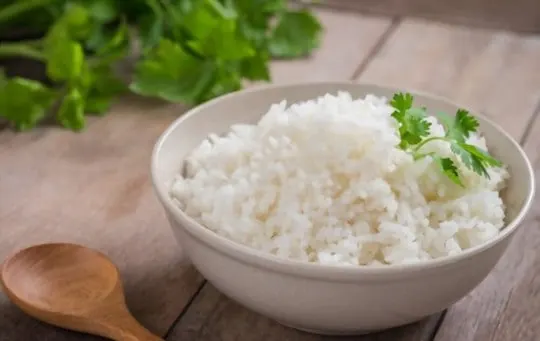
Rice is one of the most important crops in the world.
It is a staple food for billions of people and plays a vital role in the agricultural economy.
Rice can be grown in various climates and soil types, making it one of the most versatile crops.
It is also relatively easy to store and transport, making it an essential food for relief efforts.
However, rice is not just a functional food.
It has a rich history and culture unique to each region where it is grown.
For example, rice is often eaten with chopsticks in China, while in Japan, it is traditionally served with sushi.
In Thailand, Rice is often served with curry, while in India, it is frequently used in pilafs and biryanis.
No matter how it is prepared or served, rice is delicious and nutritious food that has played an essential role in human civilization for centuries.
3 – Wheat Couscous
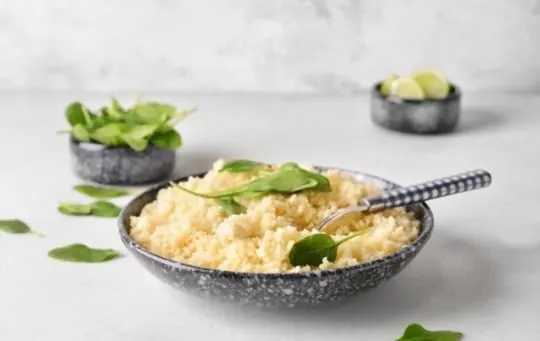
Couscous is a popular dish in many parts of the world, and it can be made from various grains.
While most people are familiar with traditional couscous made from durum wheat, many delicious varieties are made from other grains, such as rice, millet, and quinoa.
One of the great things about couscous is that it is very versatile – it can be seasoned with a variety of spices and herbs, and it can be served as a side dish or main course.
Whether you’re looking for a quick and easy weeknight meal or a more elaborate dish for entertaining, couscous is a great option.
And with so many grain options available, there’s sure to be a couscous perfect for you.
4 – Buckwheat
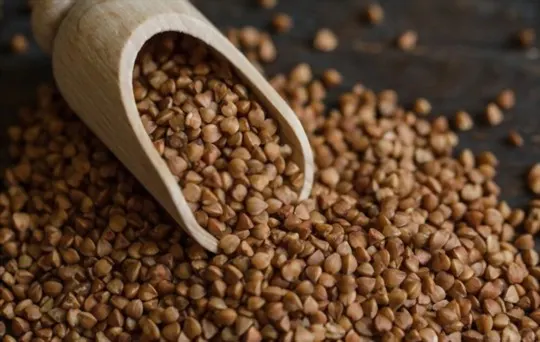
Buckwheat is a common ingredient in many Asian dishes and has a long history of cultivation in China and Japan.
The plant is a member of the Polygonaceae family, including rhubarb and sorrel.
Buckwheat is a nutritious grain that is high in fiber and protein.
It also contains essential vitamins and minerals, making it an ideal food for people zlooking to improve their health.
In addition to being eaten as a grain, buckwheat can also be used to make flour, noodles, and pancakes.
It is a versatile ingredient that can be used in sweet or savory dishes.
Whether you are looking for a healthy grain to add to your diet or a delicious way to change your cooking, buckwheat is an excellent option.
5 – Millet
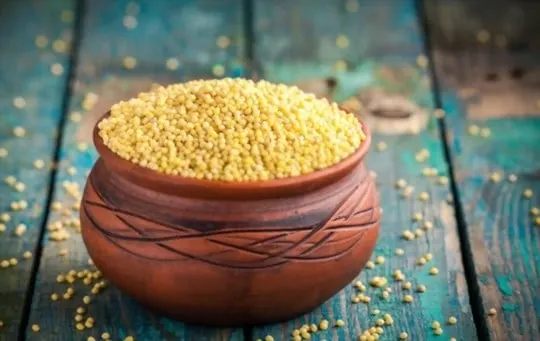
Millet is a versatile grain that has been grown for thousands of years.
It is a staple food in many parts of the world and can be used in various dishes.
Millet is high in vitamins and minerals, and it is a good source of fiber.
It is also gluten-free, making it a good option for people with celiac disease or gluten intolerance.
Millet can be cooked like rice or used in soups, stews, and pilafs.
It can also be ground into flour and used to make bread, pasta, and other baked goods.
With its nutty flavor and nutritional profile, millet is a grain that deserves to be more widely known and appreciated.
Conclusion
In conclusion, many great substitutes for bulgur include farro, rice, wheat couscous, buckwheat, and millet.
Each of these options has its own unique flavor and texture that can add something special to your dish.
Ultimately, it is up to you to decide which substitution will work best in your recipe.
You are sure to find a new favorite grain with a bit of experimentation.
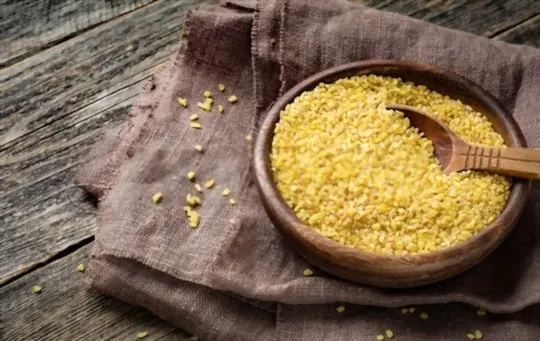
The 5 Best Substitutes for Bulgur
Ingredients
- Quinoa
- Rice
- Wheat Couscous
- Buckwheat
- Millet
Instructions
- Pick your favorite substitute from the list above.
- Follow cooking directions for your selected substitute with the proper ratio of ingredients.

Andrew Gray is a seasoned food writer and blogger with a wealth of experience in the restaurant and catering industries. With a passion for all things delicious, Andrew has honed his culinary expertise through his work as a personal chef and caterer.
His love for food led him to venture into food writing, where he has contributed to various online publications, sharing his knowledge and insights on the culinary world. As the proud owner of AmericasRestaurant.com, Andrew covers a wide range of topics, including recipes, restaurant reviews, product recommendations, and culinary tips.
Through his website, he aims to inspire and educate fellow food enthusiasts, offering a comprehensive resource for all things food-related.

Leave a comment